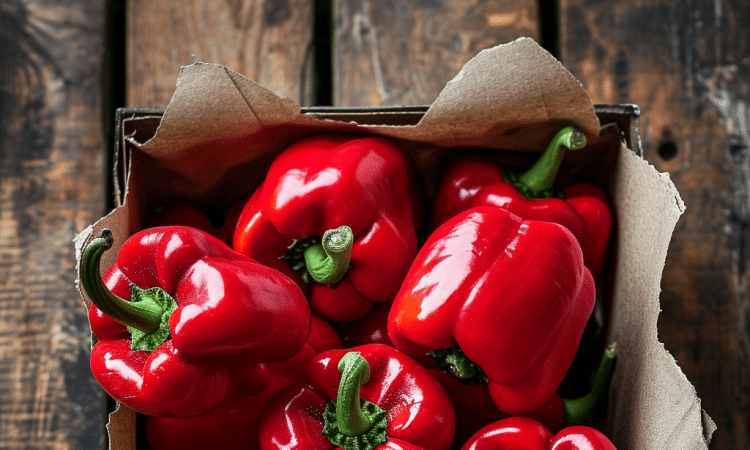
128views
Peppers are an amazing choice for home gardeners! They offer a world of flavor, color, and uses in the kitchen. To ensure a rich harvest, it’s essential to understand the unique needs of pepper plants and apply effective cultivation techniques. Get ready to maximize your pepper harvest with this comprehensive guide!
1. Choose the Right Varieties
Popular Varieties
- Bell Peppers: Sweet and versatile, ideal for salads and cooking.
- Jalapeños: Mildly hot, perfect for adding a kick to dishes.
- Habaneros: Very hot, used for spicy sauces and dishes.
Climate Considerations
- Warm Climate: Varieties like habaneros thrive in hot, humid conditions.
- Cooler Climate: Opt for faster-maturing varieties such as banana peppers.
2. Soil Preparation
Ideal Soil Conditions
- Well-Draining Soil: Peppers need soil that drains well to prevent root rot.
- pH Level: Maintain a pH between 6.0 and 6.8 for optimal growth.
Soil Amendments
- Compost: Incorporate organic matter to improve soil structure and fertility.
- Mulching: Use straw or shredded leaves to retain moisture and suppress weeds.
3. Planting Techniques
Starting Seeds Indoors
- Timing: Start seeds 8-10 weeks before the last expected frost date.
- Temperature: Maintain a warm environment, around 70-80°F (21-27°C), for germination.
Transplanting Seedlings
- Spacing: Plant seedlings 18-24 inches apart to allow for air circulation.
- Depth: Set transplants slightly deeper than they were in pots to encourage root growth.
4. Watering and Fertilization
Watering Practices
- Consistent Moisture: Water deeply once or twice a week, depending on weather conditions.
- Avoid Overwatering: Ensure soil is moist but not waterlogged to prevent diseases.
Fertilization Tips
- Balanced Fertilizer: Use a balanced fertilizer, such as 10-10-10, to promote growth.
- Timing: Fertilize when planting and again when fruits begin to set.
5. Pest and Disease Management
Common Pests
- Aphids: Control with insecticidal soap or neem oil.
- Cutworms: Use collars around seedlings to protect stems.
Disease Prevention
- Rotate Crops: Change planting locations each year to prevent soil-borne diseases.
- Good Airflow: Prune excess foliage to improve air circulation and reduce fungal infections.
6. Harvesting Techniques
When to Harvest
- Color Indicators: Harvest when peppers reach their full color for the best flavor.
- Size: Pick peppers once they have reached the desired size for the variety.
Harvesting Tips
- Use Pruners: Cut peppers from the plant using sharp scissors or pruners to avoid damaging branches.
- Regular Harvesting: Frequent harvesting encourages plants to produce more fruit.
7. Post-Harvest Care
Storing Peppers
- Refrigeration: Store peppers in the refrigerator for up to two weeks.
- Freezing: Chop and freeze excess peppers for long-term storage.
Preserving Techniques
- Drying: Use a dehydrator or air-dry hot peppers for use in spices.
- Pickling: Preserve peppers in vinegar and spices for a tangy treat.
Achieving a rich harvest of peppers involves careful planning and consistent care throughout the growing season. By selecting the right varieties, preparing the soil, and managing water and pests effectively, you can enjoy a bountiful crop of delicious peppers. Follow these proven methods and tips to make the most of your pepper plants and enjoy their vibrant flavors in your kitchen.

